By Eric Dorfman
View this article on Eric’s blog
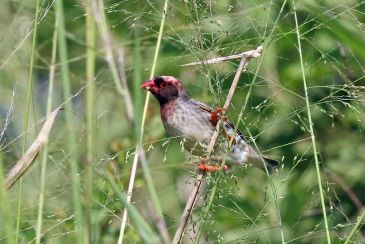
If you Google “the world’s most numerous bird,” you will likely be given articles about the Red-Billed Quelea (Quelea quelea), also known as the Red-Billed Weaver Bird or Red-Billed Dioch that lives across most of sub-Saharan Africa. It’s considered the most numerous wild bird on earth, the population sometimes peaking at 1½ billion individuals.
Individually, it’s a pretty little bird. Breeding males have a black facial mask, surrounded by a purple, pink, rust, or yellow wash on their head and breast. It wouldn’t be hard to imagine keeping them as pets. In fact, some people do.

Collectively, however, it’s something of a phenomenon. It feeds in huge flocks of millions of individuals, with birds that run out of food at the rear flying over the entire group to a fresh feeding zone at the front, creating an image of a rolling cloud. They avoid forests, preferring open scrubby habitat – exactly the kind of environment that results in land clearing for agriculture, where their massive numbers have made them a severe pest to farmers. It’s a positive feedback loop that speaks directly to the Anthropocene and the scourges humanity creates for itself when emptying the landscape of it’s natural diversity.
I could go on about the Quelea and sub-Saharan Africa, but I won’t. That’s because I want to talk about the world’s most numerous bird, and it’s not the Quelea, but the Domestic Chicken (Gallus gallus domesticus). In preparing for this post, I wanted to find out how many chickens actually exist worldwide. It’s not as easy as you might think. Estimates vary widely in the media, so I went to the source: the Food and Agriculture Organization of the United Nations (FAO). They have a very handy calculator (FAOSTAT) that allows you to tally up the number of chickens – or just about anything – produced for food in any country, between 1961 and 2016. I had a look at chickens out of curiosity, but aside from telling a story about food security, it also points to social equality and intangible natural heritage.
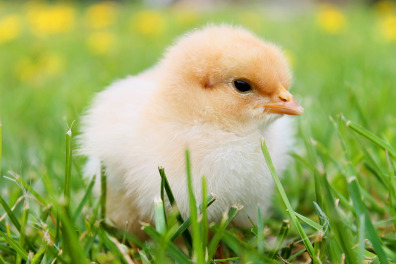
In 2016, worldwide, almost 66 billion chickens were produced. That’s a lot. The most numerous wild bird ever known, the Passenger Pigeon (Ectopistes migratorius) probably only ever reached a total population of 5 billion. China leads the pack with 9.6 billion chickens produced, followed by the USA, with 8.9 billion. Brazil is next, with about 6 billion and then Indonesia and India, each with about 2.5 billion. It tails off relatively quickly after that.
What’s more sobering however, is that the global tally is up from only 7.5 billion chickens 55 years earlier. Comparing it to the human population, however, is where it gets really interesting. In 1961 (December figures), there were just over 3 billion people worldwide (data from World Bank). In 2016, the human population was almost 7. 5 billion. This means that in 1961, there were 0.0024 chickens per person, or one chicken for about 400 people globally, whereas in 2016 there were 8.82 chickens for every person.
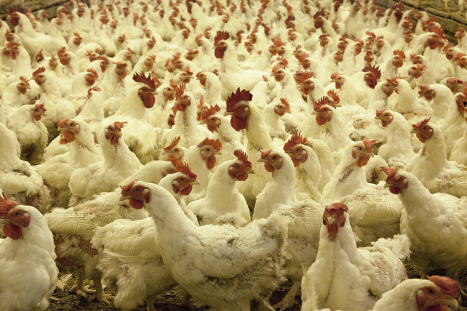
People are starting to think a lot about the the way the the Earth’s crust will look in the future, especially through the lens of the Anthropocene. In 2016, Damian Carrington of The Guardian, wrote a compelling article demonstrating how the domestic chicken will define much of the present-day global landscape as it’s represented in the fossil record of the next millennia. It seems undeniable.
I’m left wondering what it says about our changing relationship with nature as a context, and a commodity. We are more distant from nature and perhaps this makes us more rapacious. Is this just a Western phenomenon? Are we so distracted by our First World Problems that we aren’t noticing what we’re doing to the rest of the planet? Perhaps. Out of curiosity, I wanted to see the difference in ratio between 1961 and 2016 between the United States and the Developing World. I picked Kenya, in lieu of doing a robust analysis.
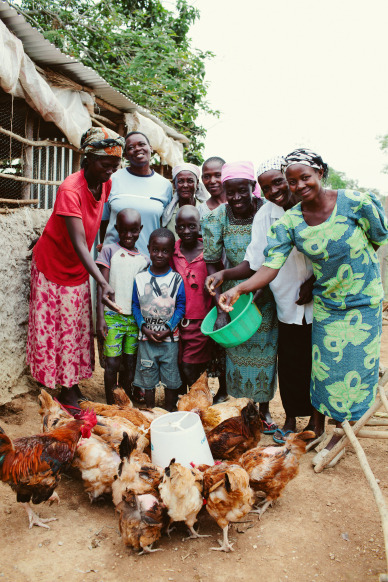
So. Both countries increased their production by about 360% between 1961 and 2016. However, over that time, whereas America’s human population increased by 176% (2.6B to 9.6B), Kenya’s population increased by a whopping 580% (8.36M to 48.46M). This means that the chickens that were produced had to be spread across a lot more people.
American chicken consumers were clear winners in this comparison. Here, the population of chickens went up from 14 birds for every person in the country to 30 birds per person. By stark contrast, the ratio of chickens to people in Kenya went down from roughly on bird for every person to about one bird for every two people. This semi-natural biological resource has become twice as scarce in Kenya over three generations. As human populations continue to increase over the next decades, questions about how biological entities interface with human survival (and, of course, their own) will become ever more pressing.
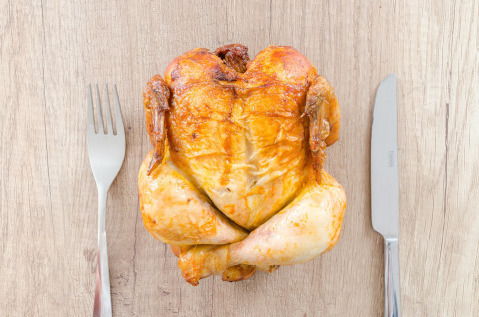
Does each American need 30 chickens? Perhaps not. In 2013–2014, the National Center for Health conducted a survey of obesity in the United States. Almost 3 in 4 men (73.7%) were considered to be overweight or have obesity, and about 2 in 3 women (66.9%) were considered to be overweight or have obesity. The same surveydemonstrated that a quarter of all people in the US to die between ages 24 and 65 were related to obesity. Our evolutionary drive that makes us strive always for ‘more’ can cloud our judgement, which is detrimental to our health and that of the planet.
The Anthropocene is concerned with the trace we leave behind in the geological record of the distant future. So on some level, the Anthropocene conversation intertwines ideas about how we commodify nature; create, distribute and transport resources; how societies treat one another; and – perhaps most fundamentally – how we view ourselves as part of the global ecosystem.
Eric Dorfman is the Daniel G. and Carole L. Kamin Director of Carnegie Museum of Natural History. Eric oversees strategic initiatives, operations, and research at the museum. He is an active advocate for natural and cultural heritage and has published books on natural history and climate change, as well as children’s fiction and scholarly articles on museology and ecology.
